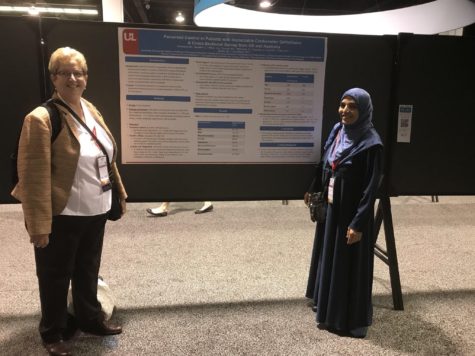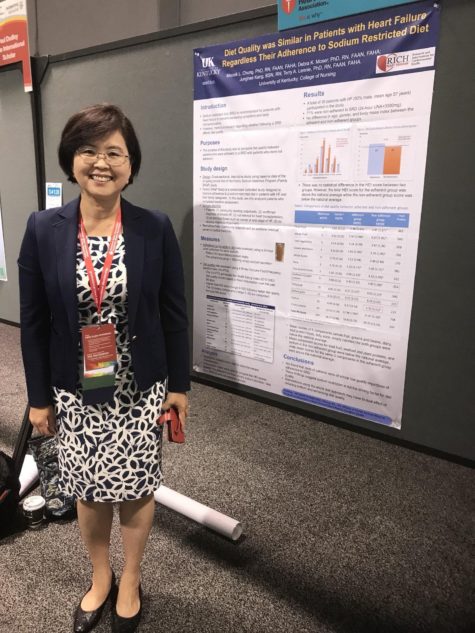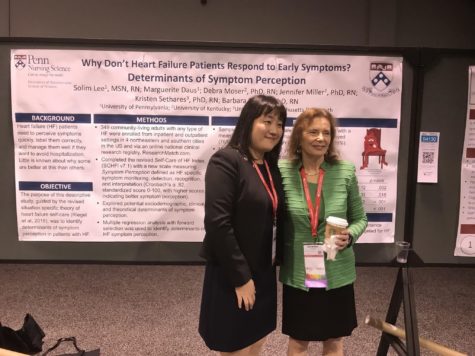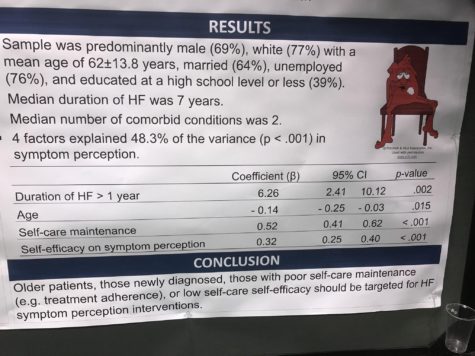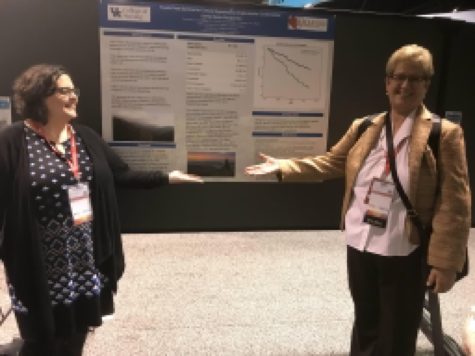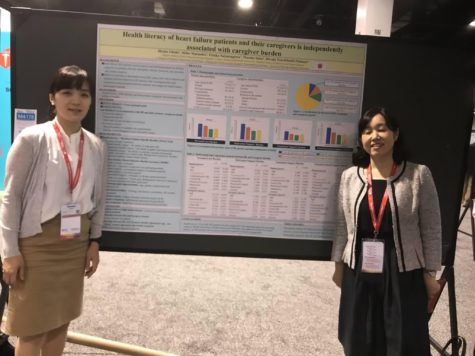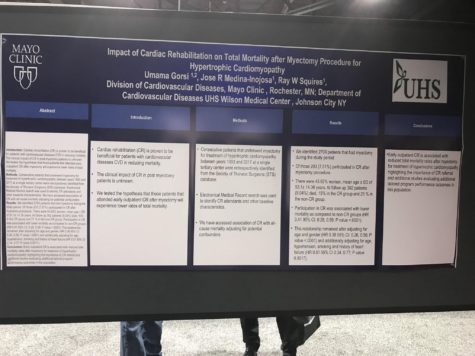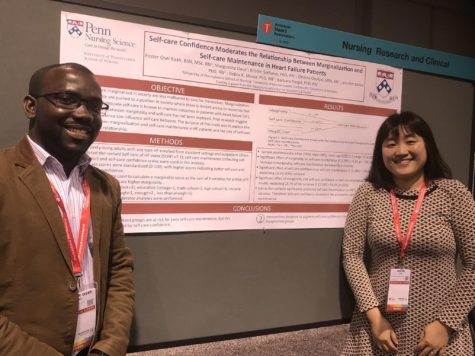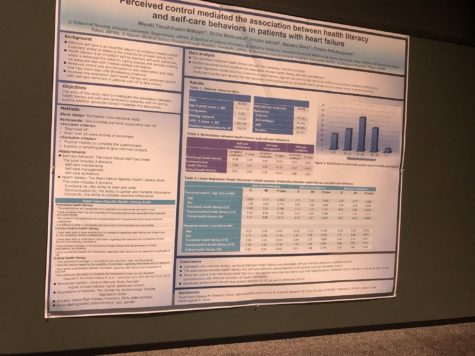COVID Fatigue
Anesthesia alert! This overhead call alerting pending intubation can be heard bellowing throughout the hallways of my medical center several times throughout the day and is seemingly the soundtrack of COVID-19. My typical routine is to pause, make sure it’s not sounding the alarm to my patient’s room, and then continue with my workday.
It has been 304 days since the WHO has declared COVID-19 a pandemic. COVID numbers at my medical center continue to rise, and although the vaccine is widely available to hospital staff, we are continuing to see some of our highest numbers since the beginning of the pandemic.
As a general cardiology fellow on the advanced heart failure service at a high volume mechanical circulatory support and transplant center, we really get to know our patients while taking care of them during their index hospitalizations. For the past two weeks, I’ve gotten to know one patient in particular. She presented in cardiogenic shock, was stabilized on inotropes and a balloon pump, with plans for upcoming destination therapy LVAD implantation.
Every day when we come to her bedside, she is on FaceTime with her partner. Today, the day before her LVAD implantation, we walked to her bedside, and once again she was on FaceTime with her devoted partner. She is obviously loved. Considering that she was going for LVAD the following day, we spent a bit more time explaining the procedure in-depth to the patient and her partner. After discussing all of the technical details, she timidly asked “Do you think my partner could come to spend the night with me tonight? I just need to see my love and it’s been so long.” You could see the tears begin to drop from her face and her partners.
Donning and doffing, wearing the N95, not knowing what anyone looks like without their mask; things have become routine. Health-care workers have adapted so well to the ever-demanding challenges of practicing medicine in the era of COVID-19. We’ve made guidelines, adjusted our practice, established routines, and found ways to provide quality medical care in the darkest of times. We’ve become oddly accustomed to these necessary rituals in order to protect ourselves, our loved ones, and the patients that we care for.
But none of this is normal.
At that moment, when we told our patient that the person who loved her the most in this world could not sit with her the night before a life-altering surgery, it became dramatically apparent to me that all of this is abnormal. The weight of 304 days of pandemic sat heavy in my heart and the sounds of endless anesthesia alerts echoed in my head.
Depression and burnout were prevalent in the healthcare field even before the pandemic. COVID-19 has undoubtedly placed an added burden on all healthcare providers. I implore people to take time off if you can, spend time with family if able, and be thoughtful of your mental well being because this past year has been anything but normal.
“The views, opinions and positions expressed within this blog are those of the author(s) alone and do not represent those of the American Heart Association. The accuracy, completeness and validity of any statements made within this article are not guaranteed. We accept no liability for any errors, omissions or representations. The copyright of this content belongs to the author and any liability with regards to infringement of intellectual property rights remains with them. The Early Career Voice blog is not intended to provide medical advice or treatment. Only your healthcare provider can provide that. The American Heart Association recommends that you consult your healthcare provider regarding your personal health matters. If you think you are having a heart attack, stroke or another emergency, please call 911 immediately.”
